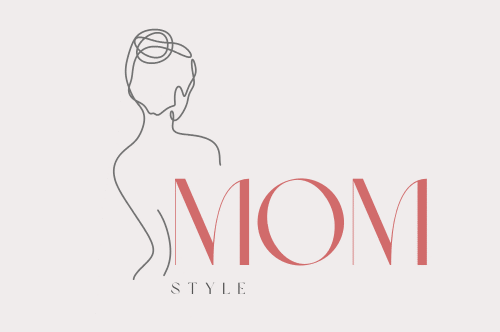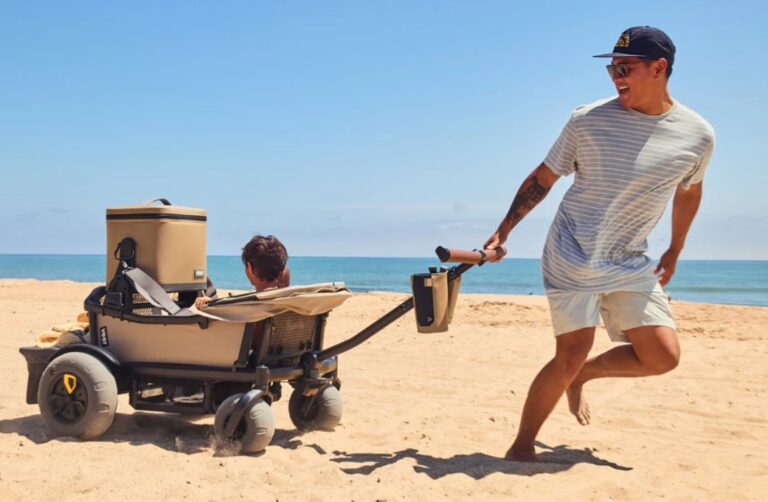How to Keep Mealtime Stylish (Even With Messy Eaters)
Let’s be real: mealtime with little ones can quickly look like a food fight, flung peas included. But that doesn’t mean your dining space has to become chaos central. With a few design-minded tricks, you can preserve elegance while embracing the mess.
Here’s how I do it, the Style Mom way, with rules, ideas, and product suggestions to keep your table beautiful (or at least not an eyesore) through toddler seasons.
Keep mEAltime stylish with babies and toddlers
1. Choose High Chairs That Feel Like Furniture, Not Gear
The first trick is to treat the high chair as part of your décor, not a disposable accessory. If you choose wisely, it can blend into your space:

- Pick materials and colors that harmonize with your dining set. I love wood high chairs, especially if your dining table is wood too. A wood high chair feels like it belongs, not sticks out.
- Avoid all plastic unless necessary. Trays often must be plastic or have plastic surfaces, but the less plastic your frame has, the better.
- Go for convertible designs. Some high chairs today convert into regular chairs or boosters as kids grow, giving you more longevity. For example, the Stokke Tripp Trapp High Chair is a 2-in-1 wooden high chair that converts into a child chair and adult chair.
- The Abiie Beyond Junior (wood frame) is one reviewed as a stylish, durable option that “grows with your child.”
By picking a high chair that visually fits your room, you’ve won half the battle.
2. Pick Colors That Play Nice (Not Fight) With Your Décor
Your high chair and feeding gear don’t need to match your dining set exactly, but they should coordinate:
- Choose a neutral or muted tone in the same color family as your existing furniture. If your wood is walnut, go for a high chair in a medium or light wood, not a bold primary color.
- If you have more than one child in high chairs, use different accent colors (for trays or cushions) that still feel tonal.
- Avoid loud, primary-bright “baby colors” that immediately stand out and clash. The goal isn’t camo, but subtle blending.
3. Baby Plates & Utensils: Style That Works Hard
Let me tell you: baby plates and utensils do not have to feel tacky or cheap. But avoiding plastic is key:

- Stainless steel is your friend. It’s durable, dishwasher-safe, stain-resistant, and lasts for years. Many baby plate designs now incorporate silicone suction bases or soft edges to make them safer and more functional.
- Premium silicone dinnerware sets also look modern and minimal. They often come in soft, muted tones (no cartoon prints!) and are both flexible and washable. For example, Ekobo makes silicone feeding sets that adopt a timeless aesthetic.
- Some designers have created non-toxic dinnerware that “complements your home,” rather than sticking out. LittleKind™ is one brand that often gets praise for toddler plates that don’t look childish.
- Bamboo and plant-based options exist — but be careful: some contain resin or plastic binders. Use these more as backup pieces, not front-line sets.

When you invest in nicer baby plates, the aesthetic leaps forward. No more bright blue cartoon bowls clashing with your table.
4. Keep It Simple (Minimal Visual Noise)
Elegance often lives in restraint. Here’s how to not let baby items take over:
- Minimal shapes and clean lines, avoid ruffles, scallops, or overly detailed baby’s tableware.
- One pop of accent color: maybe the tray or a cushion has a soft sage or muted coral. Let everything else stay neutral.
- Hide what you can. Use a tray cover, silicone liner, or removable mat that blends in and can be cleaned easily.
- Remove child gear when not in use. When feeding is done, push the high chair away or remove parts so it doesn’t dominate the space.
- Use textiles smartly: a placemat, linen napkin, or simple runner can tie everything together.
5. Embrace the Mess — And Contain It
You can’t eliminate mess, but you can manage it:
- Place a washable rubber mat or silicone mat under the high chair so spills don’t hit your floor in dramatic fashion.
- Use a fabric bib or silicone cover that tucks in (versus ones that flap outward).
- Keep cleaning supplies close by (a soft damp cloth, a mini spray bottle) so you catch spills immediately.
- Choose high chairs with easy-to-remove trays and surfaces without too many nooks.
6. Design with Growth in Mind
Kids grow fast. Your mealtime setup should, too:
- If your high chair converts (high chair → booster → regular chair), you save money and clutter.
- Use feeding sets that “grow”. Some plates are modular, so you can remove dividers or change suction bases over time.
- Stash nicer or adult-looking dinnerware for when your child graduates. The transition is smoother when you’re used to clean lines and neutral tones.
Final Thoughts
Stylish mealtime with kids is possible. It just takes intention.
Treat baby gear like a piece of your home, not a disposable toy. Choose materials and colors that harmonize. Use dinnerware that’s beautiful and functional. Keep it minimal, manage the mess, and plan for growth.
When your high chair feels like it belongs in your dining room (not like an alien), and your baby plates don’t ruin your table aesthetic, you feel more grounded. And in that groundedness, you show your kids that even in the chaos, there is beauty, care, and dignity.
Mealtime shouldn’t be perfect. But when it’s thoughtfully styled, you’ll feel proud to be in that space, chaos and all.





